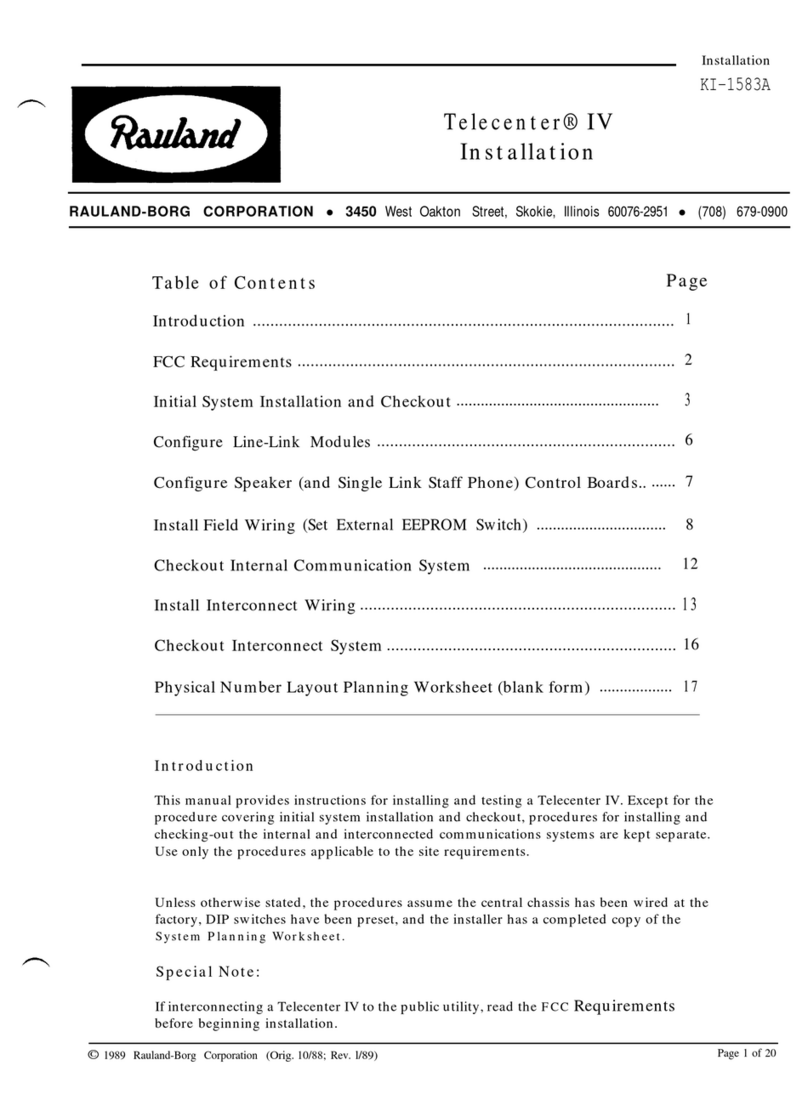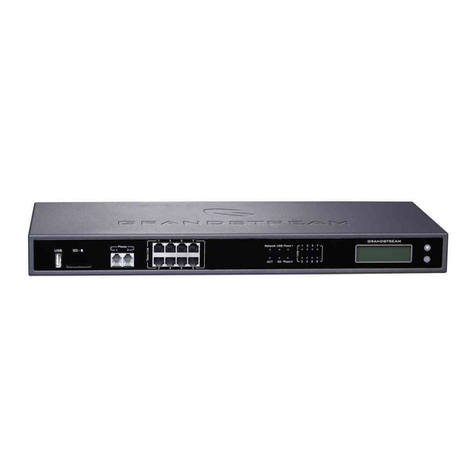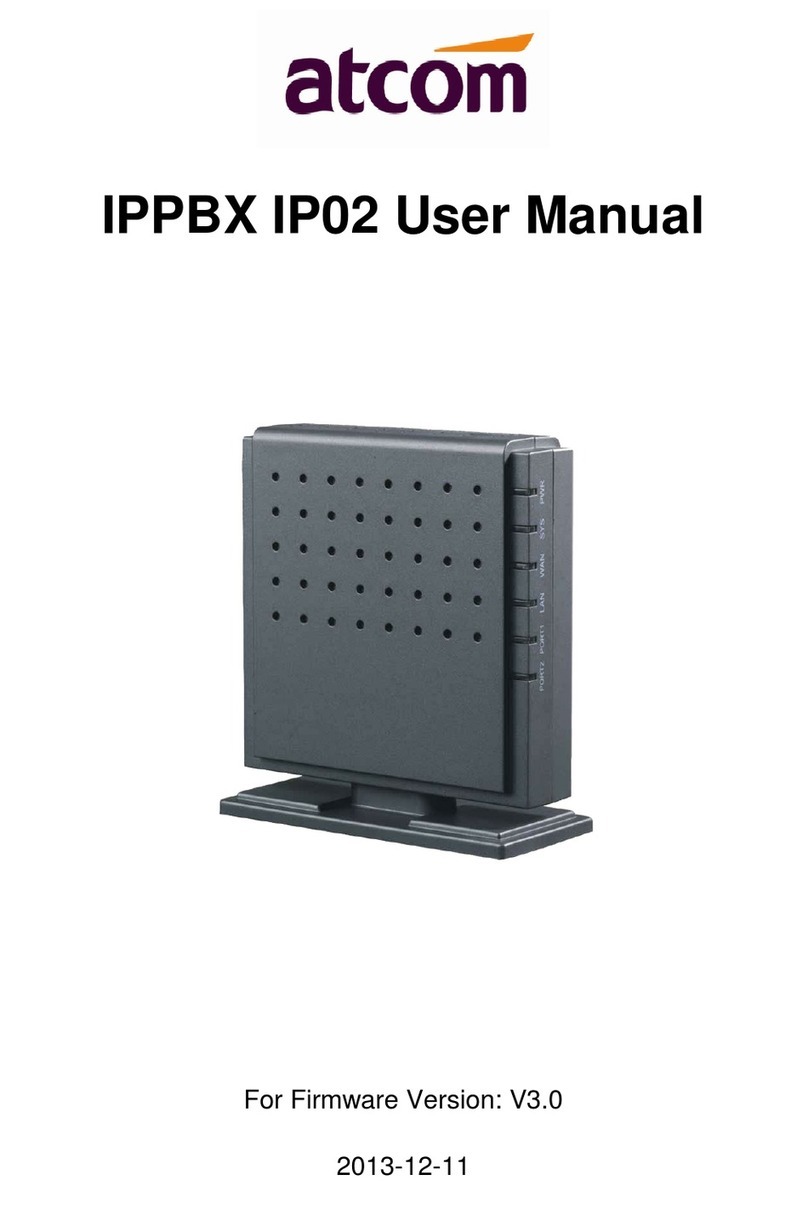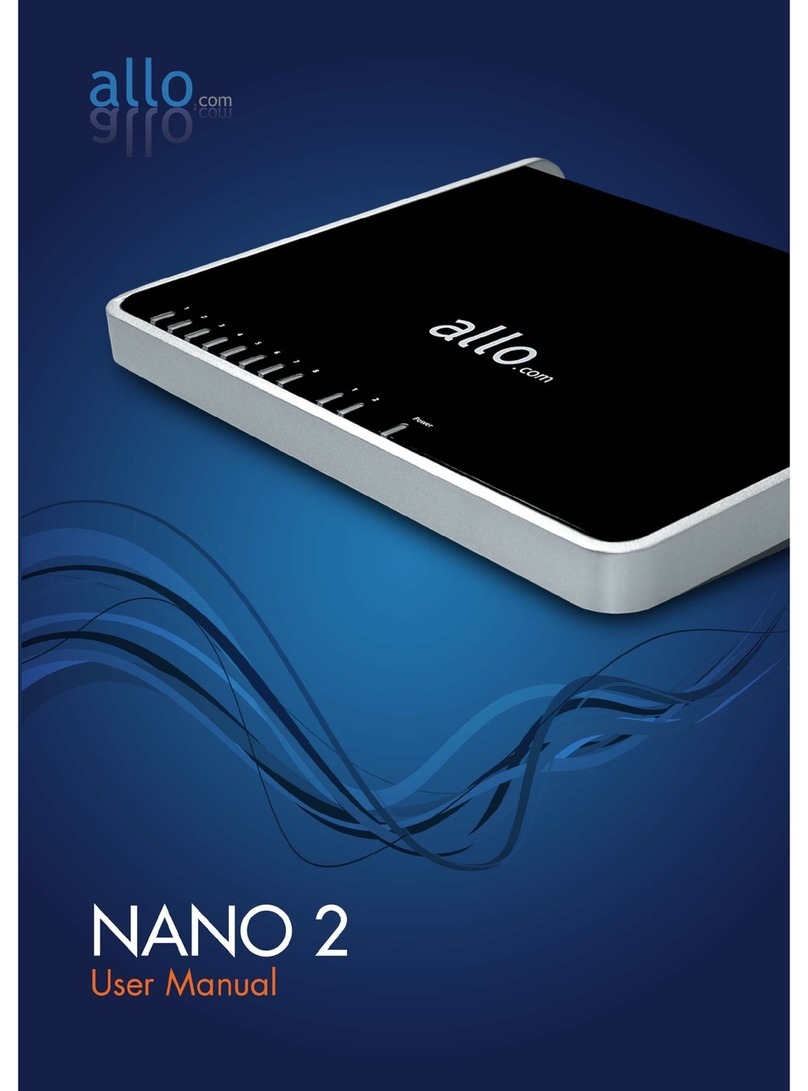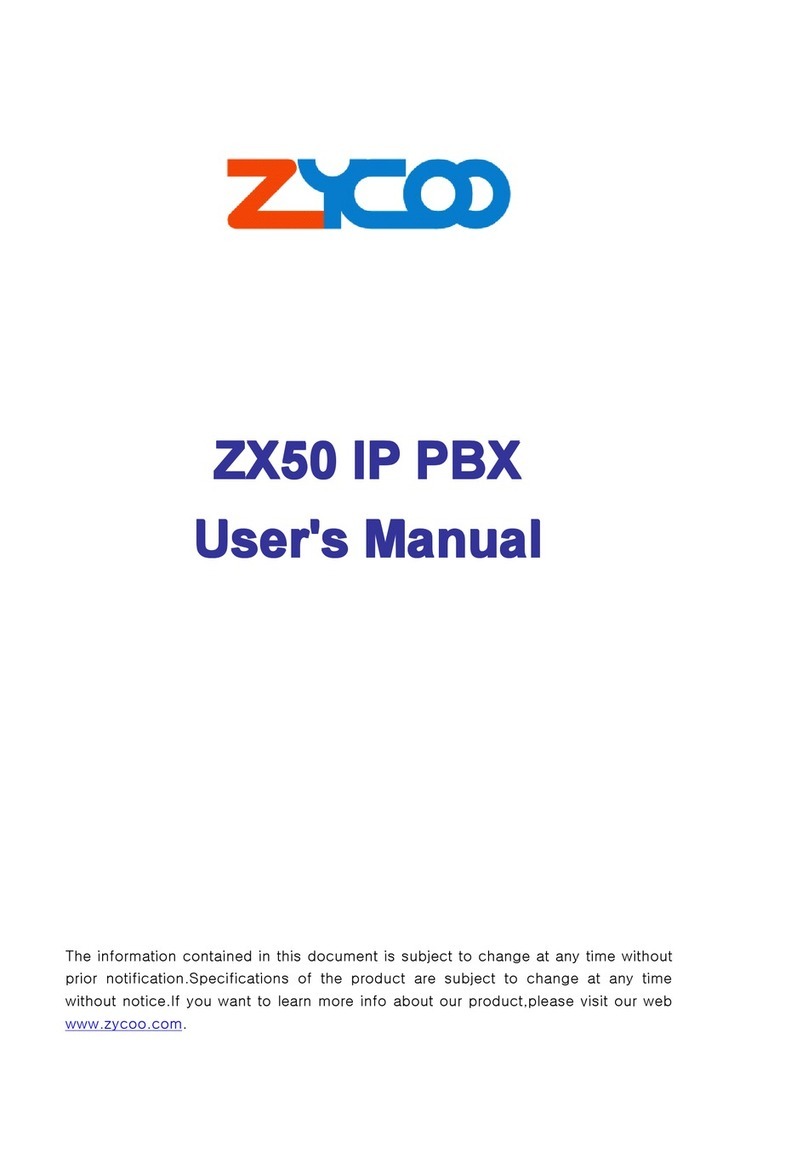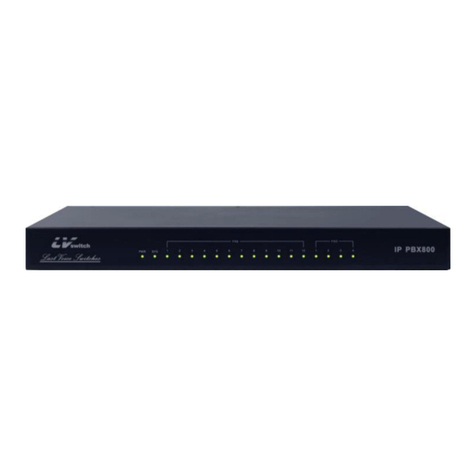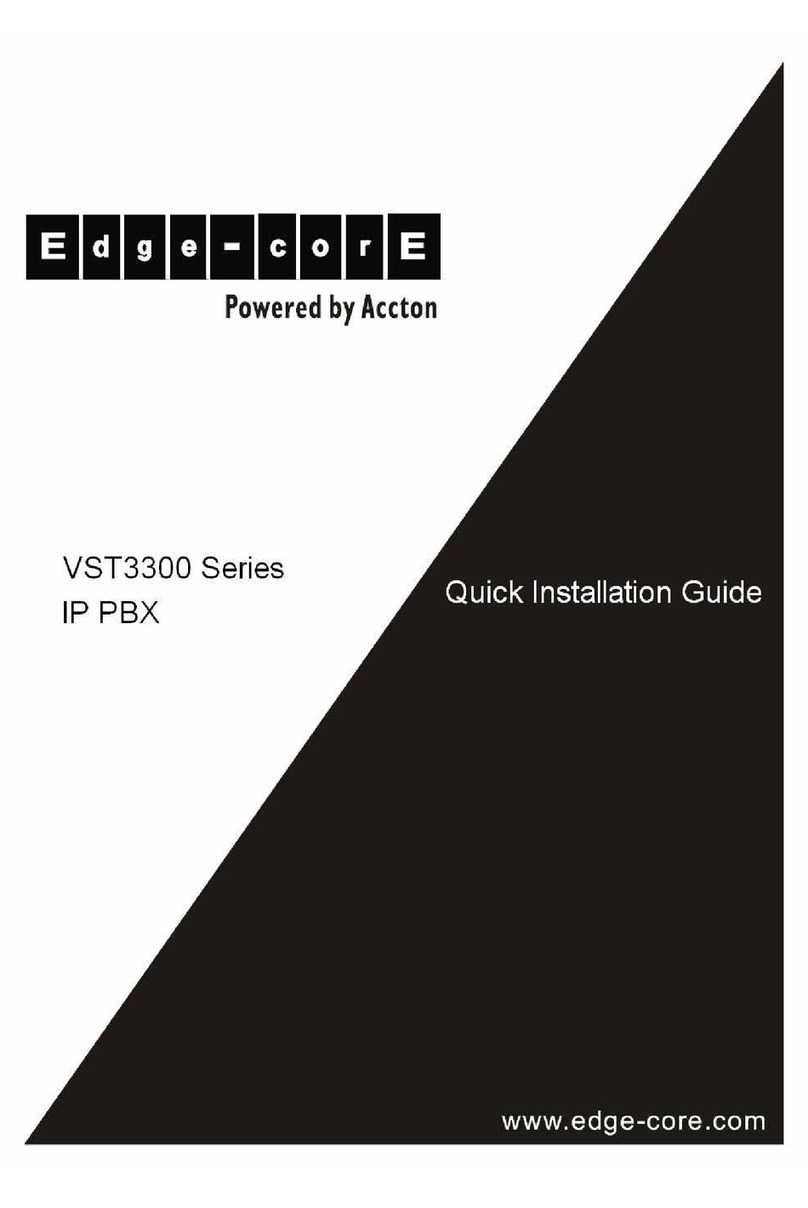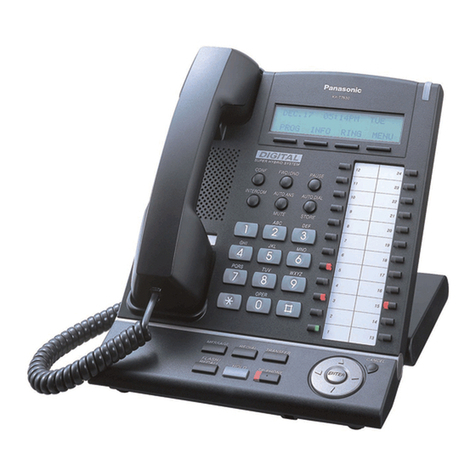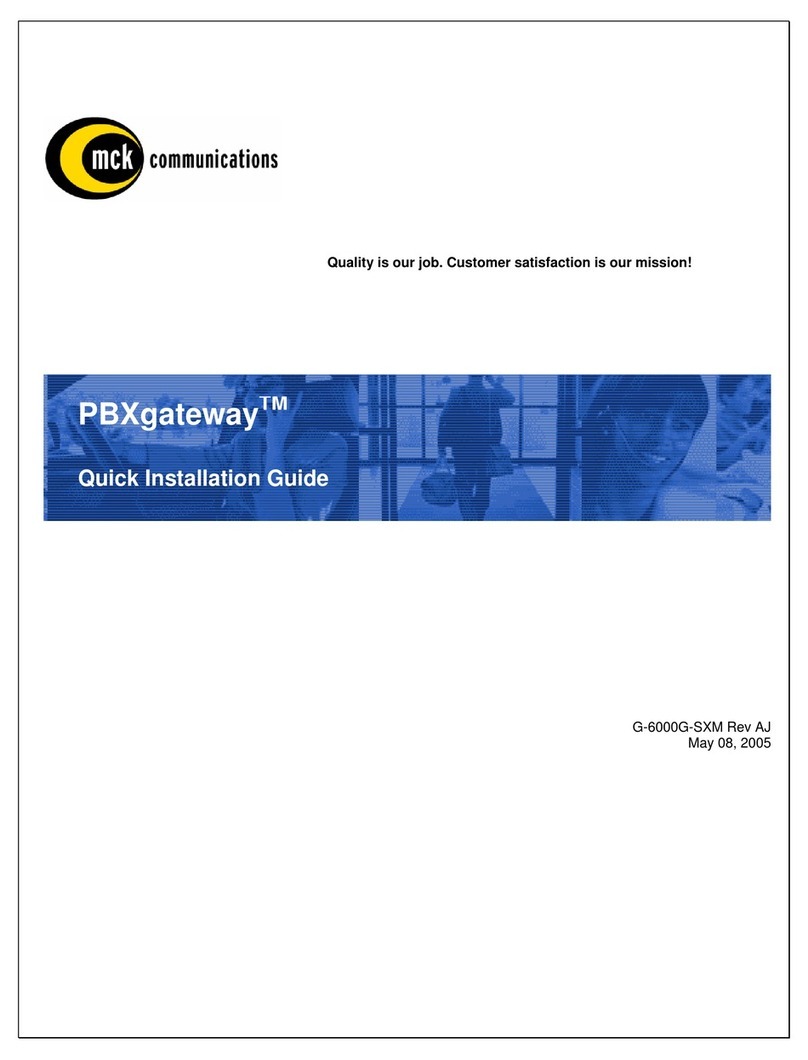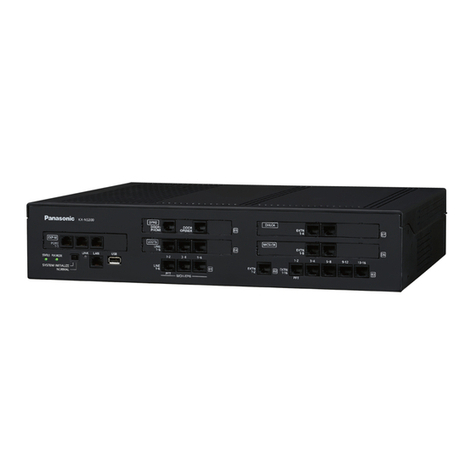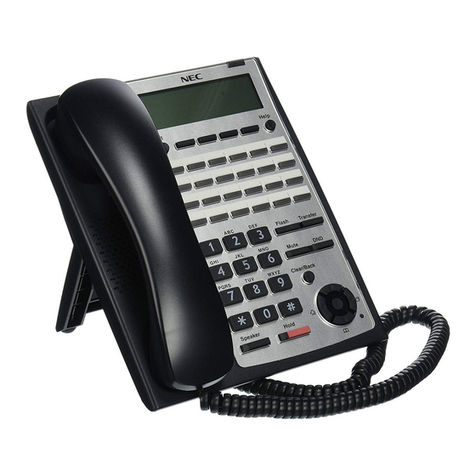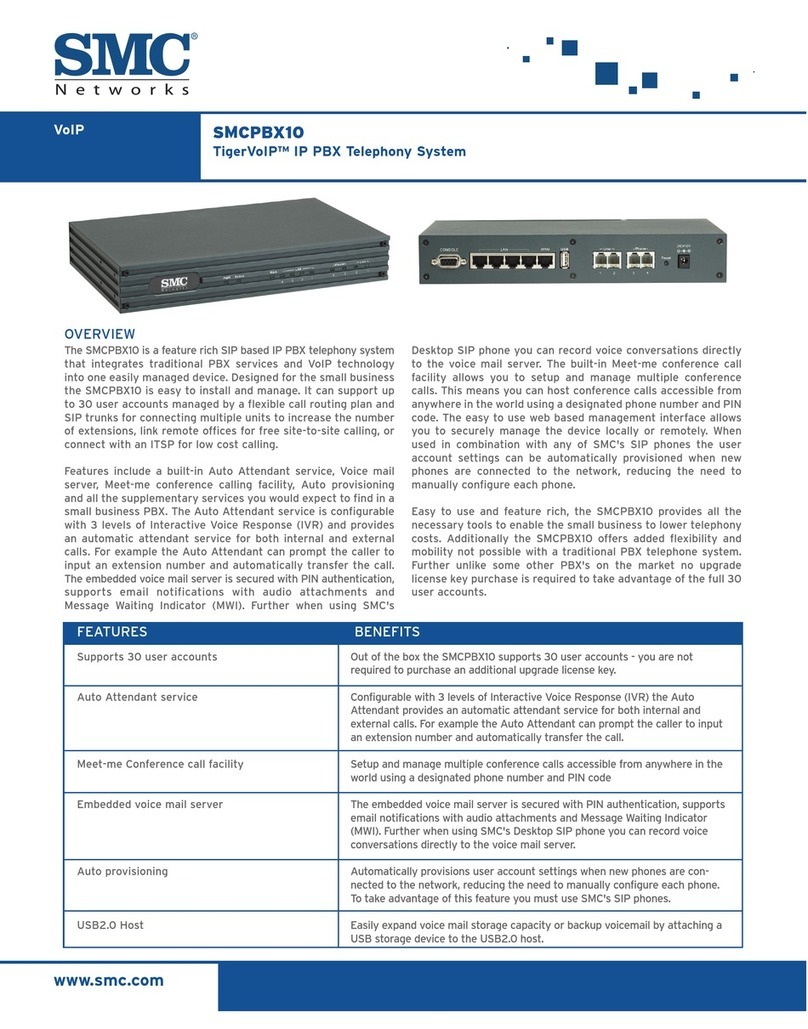
ACCESSION COMMUNICATOR FOR
DESKTOP
Your Dvs Technologies phone service can be
used to make or receive calls from your desk
phone, your PC or Mac, and your mobile
devices.
For this service to work on your desktop you
will need to install the Accession Communicator
software on your PC or Mac. The following
information helps you to do that.
Ensure Your Computer is Compatible
Accession Communicator for Desktop works on
PCs running Windows 7 or Windows 8. It also
runs on Macs with OX X 10.7 or later versions.
You can use your computer’s built-in
microphone and speakers with Accession
Communicator, but you will have much better
audio quality if you use a headset. Accession
Communicator works with most common
headsets, including Bluetooth. It will even work
with the answer/reject call button on some
headsets.
Find Your Password
You’ll need your phone number and password
to start using Accession Communicator for
Desktop. If you don’t have this information,
contact us at (702) 938-8000
Dowload and Install the Software
First, download Accession Communicator for
Desktop from CommPortal. You will find it under
the Apps tab.
When prompted, save the file. Then find it in
your downloads folder and open it to begin the
installation process.
Exploring Accession Communicator
Accession Communicator for Desktop is like
having your desk phone on your computer. You
can make and receive calls, hold calls, transfer
calls, and make three-way calls.
You can also use it to send instant messages
to other people in your corporate directory who
are using Accession Communicator, no matter
what device they are using.
Accession should be populated with your
company contacts. In some cases you may
need to search for your commonly used
contacts by typing their name into the ‘enter
name or number’ eld.
Under the Tools menu, choose Options. Here
you can see your conguration options for
Accession, including synchronizing contacts
and enabling interaction with a desk phone.
Making Calls
Making a call is as easy as entering the number
on the keypad or clicking on a contact’s call
button. If your contact has more than one
number, you can choose which one to call from
the drop-down list.
If the person you’re calling has caller ID they will
see your individual business number.
Receiving Calls
When someone calls your number, you’ll see
a pop-up box on your computer screen. You’ll
also hear a ringing tone through your speakers
or headset. The pop-up shows the number of
the person calling you. If that person’s details
are already in your contacts list, you’ll also see
the caller’s name.
Depending on the suite of services you have
you may see the incoming call on your desk
phone, on your mobile phone, or on a tablet
device. You can answer the call on the device
that is most convenient for you.
